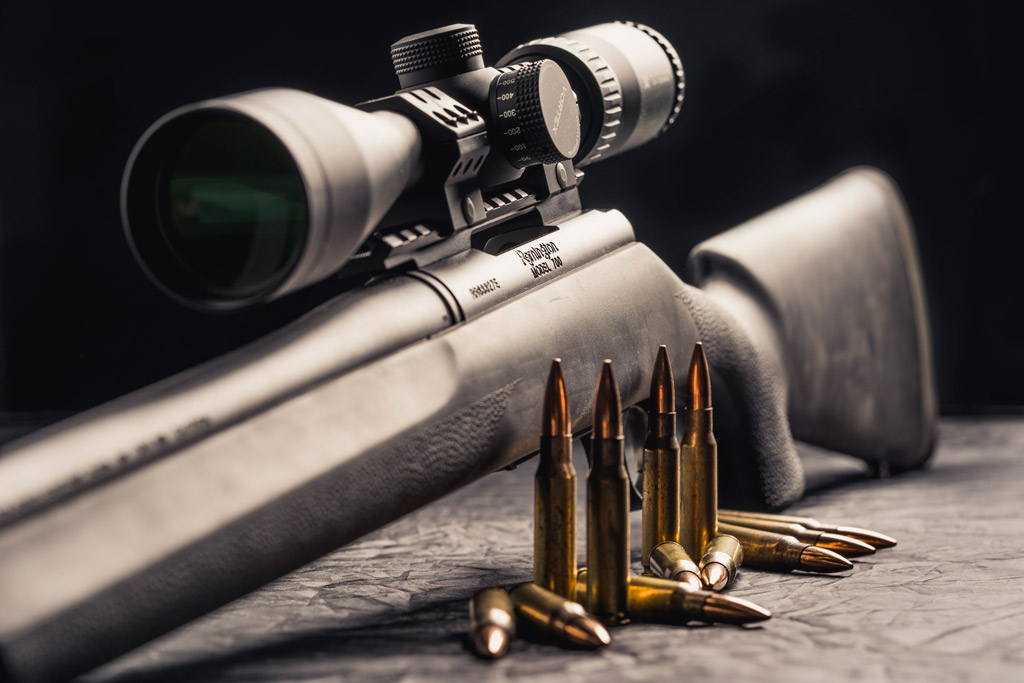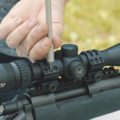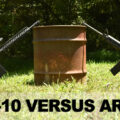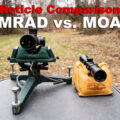If you participate in target shooting or hunting with a scope, you need to understand MOA or minute-of-angle. This number can help you understand a rifle’s accuracy, and it’s also important if you want to “zero in” a scope. It might seem complex, but this is actually a simple measurement that makes shooting more fun and rewarding.
What is MOA?
What is a “Minute” in Minute of Angle?
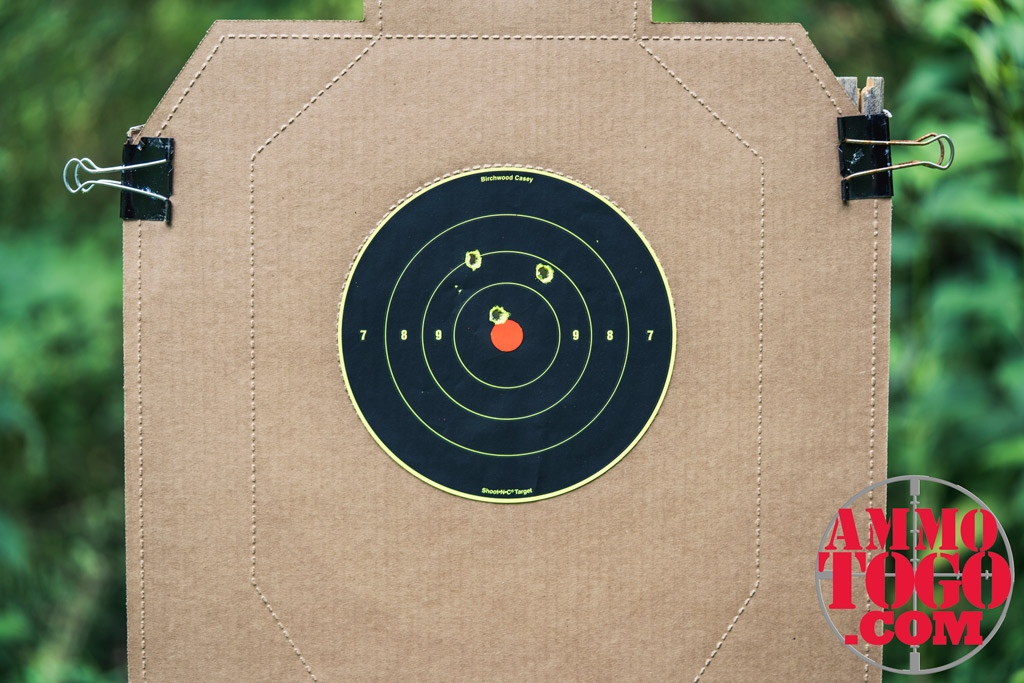
To understand minute of angle, it helps to know why the term “minute” is used to denote rifle accuracy. Most of us think of a “minute” as a designation of time. For rifle accuracy, however, a minute is a small measurement of an angle.
We are all familiar with angle degrees, as in 360 degrees, 180 degrees, or 90 degrees. Each degree marks a specific unit of measurement in the angle; the larger the number, the wider the angle. However, each degree is divided into 60 smaller units: the minute. Each minute is 1/60th of a degree.
As you can imagine, a minute in an angle is incredibly small. However, when you are working with long-distance shots, either at the range or while hunting, each minute can significantly change the accuracy of your shot.
The Basics
If “minute” is the small unit of measurement for an angle, “minute of angle” or “MOA” is essentially a term denoting the accuracy in a rifle or rifle/scope combination. It is designated as a number, and tells the shooter the size of shot dispersion in inches at 100 yards.
All minute of angle numbers designate inches of dispersion at 100 yards.
So, let’s take a look at how you can actually determine the relationship between your optic and rifle the next time you’re out with your rifle.
How to Measure MOA Your Next Range Trip

So, you read in a gun forum or one of your buddies is talking about how he shot 2-MOA during his last weekend range trip. How do you actually determine what MOA value to give your shooting?
It’s fairly straight-forward to do the calculation. Simply put, 1.0 MOA means that a rifle will place all shots within 1 inch when shooting at a target 100 yards away.
For each additional 100 yards you get from the target, you’ll add another inch of grace. So, if you fire 5 rounds at a target that is 200 yards away, you’re still shooting 1-MOA.
Just remember when your distance is doubled, tripled, or halved, the minute of angle remains the same but the ring of shot disbursement will adjust. So if a rifle with 1.0 MOA is firing at 200 yards, the shots will all land within 2-inches. When firing at a target of 300 yards, the shots will land within 3 inches of center. If the same rifle is firing a target at 50 yards, the dispersion will by .5 inches.
For more, Winchester put together a nice article on how to measure MOA here.
MOA Designates Rifle and Scope Capability
Experienced shooters will notice a problem with all this; it seems to assume that the angle of a bullet will be perfectly straight from the rifle to the target. We all know this is not the case, as gravity and wind resistance create an arch in the bullet’s path. Eventually, the bullet will fall, so why does minute of angle assume the angle will be perfect?
Because MOA is essentially a way of calibrating the rifle to the scope. Yes, the bullet will perform differently down range and won’t maintain a straight line, but when you look down the scope, either a 50, 100, 200, or 300 yards, the angle you see stays the same.
For most shooters, MOA will only apply to rifles that have mounted scopes. However, this is also a factor for home-defense handguns that have dot sights. Understanding how MOA affects your firearms performance in these two types of scopes is essential to accurate shot placement.
MOA and Your Scopes
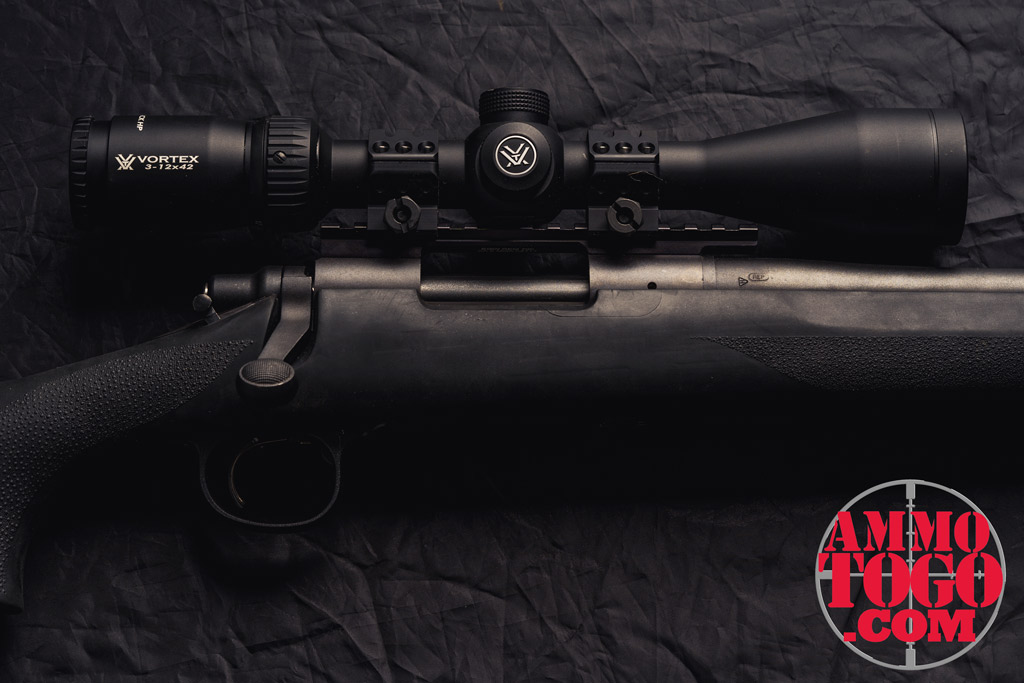
If you have a rifle that you use for hunting or target shooting, you likely have a scope attached to the firearm. Scopes have dials on the side and the top that help you adjust the scope in relationship to the rifle. By adjusting the scope up or down, left or right, you can gradually make it so the rifle is placing the bullet in the exact spot where the scope is centered. (Shooter skill notwithstanding!)
On most rifle scopes, the adjustments go in ¼ MOA, meaning for each “click,” the scope will adjust one quarter of a minute. Some, however, have ⅛ clicks while others adjust ½ per click.
Let’s give a simple example to help you understand the application of MOA to your shooting. Say you are firing a rifle with a scope that has ¼ MOA clicks at 100 yards. (Let’s also say your sighting in the firearm from a rifle rest at an indoor range so we can eliminate human error and wind.) After a shot, the bullet is perfectly centered left-to-right but exactly one inch below the target. In this case, you would adjust the scope four “clicks” upward. In theory, your rifle would now be sighted to 100 yards.
MOA and Dot Sights
With handguns and some rifles, you can also have dot sights or “reflex sights”, which usually have an MOA designation. You may purchase a product that says it has a 4 minute of angle dot. How does this translate into accuracy?
Basically, you have the same principle. If you purchase a product that says it is 4 MOA, that means it will have a shot-placement dispersion of 4 inches at 100 yards. Obviously a 4 MOA dot is going to cover a lot of area. At 200 yards, it would cover 8 inches in diameter.
Therefore, larger MOA dots are better for home defense as opposed to distance target shooting.
“Sub-MOA” = Under 1 MOA
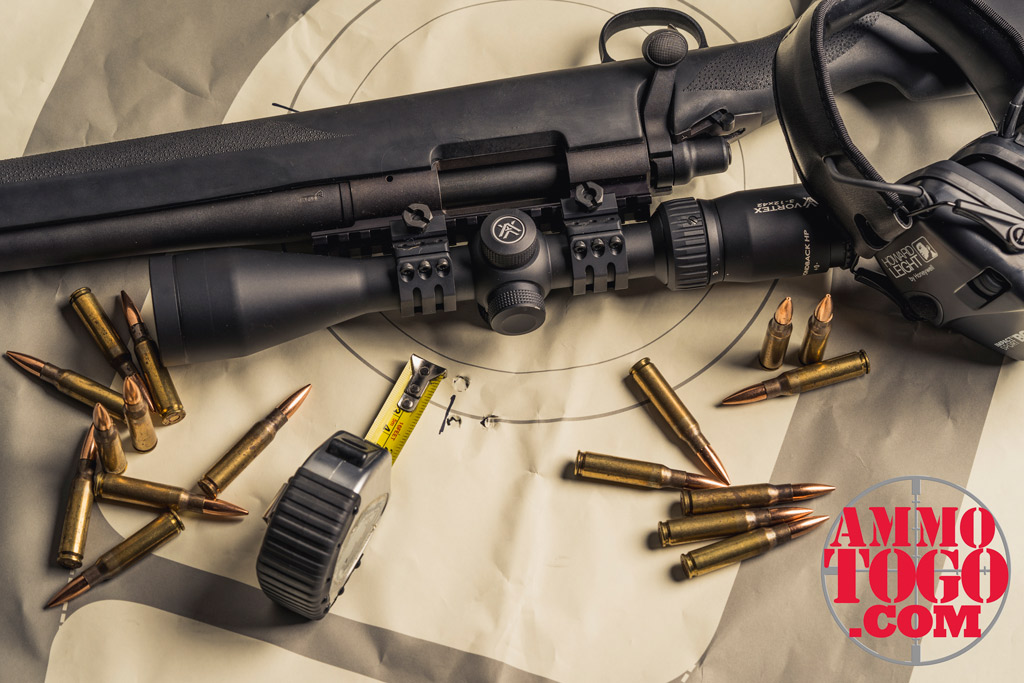
One of the terms you’ll hear when discussing or researching minutes of angle is the term “sub-MOA.” Whenever someone uses this term, they are essentially saying the minute of angle of their firearm is below 1.0. A .5 MOA, for example, would place all bullets within a half-inch diameter at 100 yards, and the same principles of distance apply; at 200 yards, the number would double to a 1-inch diameter. At 50 yards, it would be halved to a .25 inch diameter.
When it comes to shooting bulk, factory loaded ammunition. Most shooters will tell you to expect somewhere around 4 MOA if you’re shooting bulk or surplus .223 ammunition with a run-of-the-mill AR-15 that comes at an average price point.
Understanding minute of angle is essential for anyone who owns a rifle with a scope, but it is also important for people who own self-defense or target-shooting handguns or rifles with dot sights. As you likely know, there are a ton of factors will impact accuracy, including bullet type and quality, shooter skill, distance, wind, and more. Remember that minute of angle is not necessarily a mark of accuracy, but rather a number that notes the relationship between the scope and the rifle.
